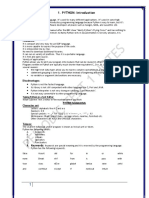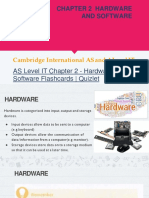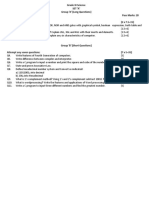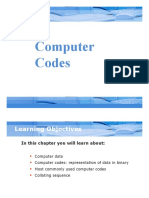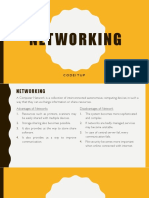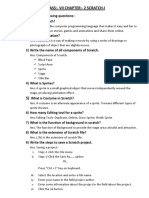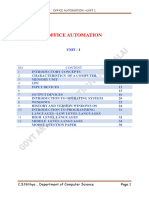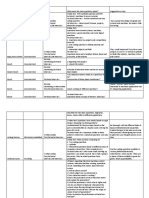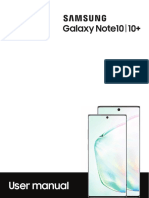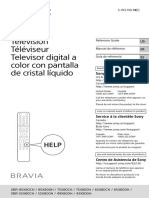0% found this document useful (0 votes)
554 views3 pagesComputer Networking Multimedia Basics Summary
Computer class 9
Uploaded by
babitasaikia47Copyright
© © All Rights Reserved
We take content rights seriously. If you suspect this is your content, claim it here.
Available Formats
Download as PDF, TXT or read online on Scribd
0% found this document useful (0 votes)
554 views3 pagesComputer Networking Multimedia Basics Summary
Computer class 9
Uploaded by
babitasaikia47Copyright
© © All Rights Reserved
We take content rights seriously. If you suspect this is your content, claim it here.
Available Formats
Download as PDF, TXT or read online on Scribd
/ 3


